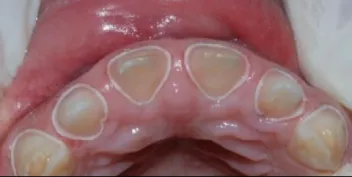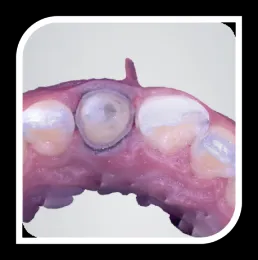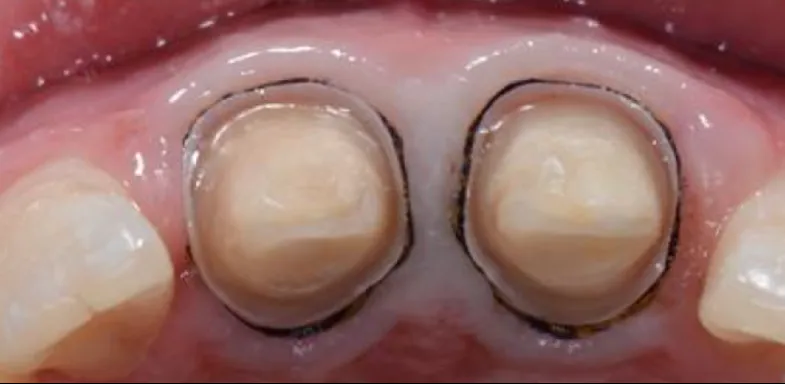Recommandations de pratique clinique
- Le principe du scanning des épaules et des bords : entièrement exposés et clairs, sans salive ni sang.
- Préparez le bord en forme de lame sous-gingivale, qui nécessite la même profondeur , les gencives ne sont pas blessées et il n'y a pas de sang ou d'enflure.


3. Si le pilier est équipé d'un épaulement (épaulement non supragingival), il doit être traité par rétraction gingivale ; s’il s’agit d’un épaulement sous-gingival, une rétraction gingivale en double ligne est recommandée.
